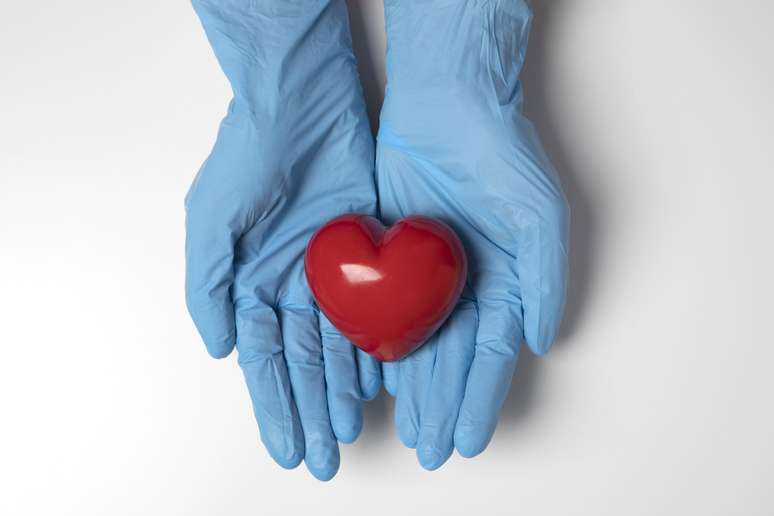Understand how surgery works and what the patient leads to having to go through transplantation
The procedure is suitable for patients in whom all other treatment alternatives have already been exhausted
Currently, 455 people are waiting for a new heart in Brazil, according to Unified Health System (Sus) data. Rigorous criteria organize this line, from the severity of the disease to blood and to the physical compatibility between donor and receiver.
At Dante from Pazzanese Cardiology Institute (IDPC), connected to the secretariat of the health of San Paolo and a national reference in heart surgery, heart transplant has been a reality since 1993, when the team performed the first procedure. Since then, the Institute has created 482 heart transplants, a milestone that consolidates it as one of the most important centers in this area.
Only in 2025, until July, 15 transplants were performed at the Institute. The record, however, occurred in 2004, with 26 procedures in just one year. The number of surgical interventions, however, is not fixed: it depends on the availability of compatible donors.
But after all, what is heart transplant?
Doctors indicate the procedure for patients in an advanced phase of heart failure or other serious diseases, when all treatment alternatives have already been exhausted. Surgery consists in replacing a sick heart with a healthy organ of a compatible donor, in a process that must occur within four hours of the removal of the heart.
Transplant preparation involves detailed medical evaluations, laboratory tests, lung function tests and even psychological analysis. Since doctors consider it admissible, the patient enters the national waiting list, in which factors such as gravity, blood group, physical dimensions and geographical position define the order.
The Dante Pazzanese Institute of Cardiology (IDPC), connected to the Secretariat of the Health State of San Paolo and a national reference in cardiac surgery, has performed cardiac transplants since 1993, when his team has made the first procedure. Since then, the Institute has already kept 482 heart transplants, consolidating itself as one of the most important centers in this sector. The postoperative period requires intensive monitoring, the use of immunosuppressive drugs to avoid constant refusal and medical follow-up.
What leads the patient to need a heart transplant?
According to Dr. Carolina Casadei – a doctor responsible for the advanced section of cardiac insufficiency of IDPC, most of the Brazilian patients who need transplantation has dilated myocardiopathy, a condition in which the heart grows and loses the ability to pump the blood correctly. Another frequent cause is the ischemic disease of the heart, characterized by the blocking of the arteries by fat plates.
Each transplant performed is not only a high complexity surgery, but a new possibility of life for those who live with serious limitations imposed by heart disease. The challenge of the tail, however, shows the importance of awareness of organ donation, since each gesture can mean the transformation of the history of an entire family.
Source: Terra
Ben Stock is a lifestyle journalist and author at Gossipify. He writes about topics such as health, wellness, travel, food and home decor. He provides practical advice and inspiration to improve well-being, keeps readers up to date with latest lifestyle news and trends, known for his engaging writing style, in-depth analysis and unique perspectives.








